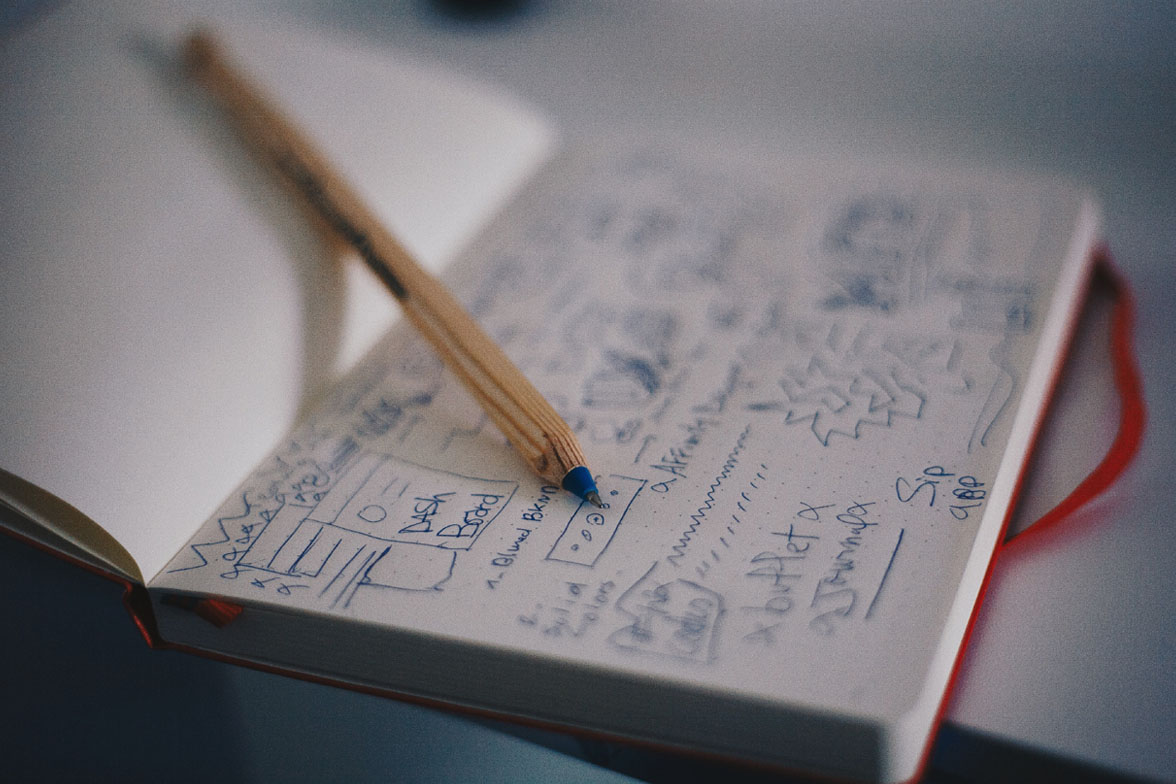The reach of Search Engine Optimization so extensive that sometimes even the most experienced marketer tends to overlook certain aspects of Image Optimization. SEO optimized images can really boost your ranking in Google’s image search. This, in turn, will bring in more traffic, especially if you are selling products online. Images bring a website to life and also contribute to optimize your SEO score. Here we explains how to fully optimize an image for SEO and provides some pointers on using images for the excellent user experience. Visual content has always been important for humans. With advances in technology, especially the Internet, the evolution of media has been unstoppable. With the average Internet speed in Mbps now, the inclusion of media including high-quality photos, videos, GIFs, etc in our content is the new norm.
Optimization: Images for Search Engines
Optimization matters for Search Engine Optimization protocols because Google’s algorithm pays attention to behavior metrics that reflect user experience, like bounce rates and the amount of time visitors spend on a web page. But images can also be optimized to more directly help with SEO as well. Always use relevant images that matches your text based contents, pick a plain file name for your image and never overlook the ALT tag. Reduce the file size, add a caption, if appropriate, for easier scanning of the page.
- Rename your images descriptively and in plain language without spaces, use dash instead
- Optimize your alt attributes carefully
- Choose your image dimensions and product angles wisely
- Choose the right file size and type
Demonstrate The Differences
Do you ever wonder why your images never show up in Google’s image search? It is primarily because they are not properly optimized for search engines.
Using images effectively in search engine optimization (SEO) can have a significant impact on your website’s visibility and user engagement.

Tips for leveraging images to enhance your SEO efforts:
- Optimize image file names: When saving images, use descriptive file names that include relevant keywords. For example, instead of “IMG_12345.jpg,” use “best-red-widgets.jpg.” This helps search engines understand the content of the image.
- Use alt tags: Alt tags (alternative text) provide textual descriptions of images for users who cannot see them (e.g., visually impaired users or when images fail to load). Include relevant keywords in your alt tags to help search engines comprehend the image’s context and improve accessibility.
- Choose the right image format: Optimize your images by choosing the appropriate file format. For photographs or images with complex colors, use JPEG format. For images with fewer colors or transparent backgrounds, use PNG format. Compress the images without compromising quality to reduce file sizes and improve page load times.
- Image size and dimensions: Resize images to fit the required dimensions on your webpage. Large image files can slow down your page load speed, negatively impacting SEO. Aim for an optimal balance between image quality and file size.
- Captions and surrounding text: Surround your images with relevant, descriptive text. This helps search engines understand the context and relevance of the image. Additionally, consider adding captions to your images, as they can provide additional keyword-rich content.
- Image sitemaps: Include your images in the sitemap of your website. This helps search engines discover and index your images more effectively, improving their visibility in image search results.
- Image optimization for mobile: With the rise of mobile browsing, ensure that your images are responsive and appropriately sized for mobile devices. Mobile-friendly websites tend to rank better in search results.
- Image metadata: Metadata such as EXIF data (Exchangeable Image File Format) can provide additional information about your images, including camera settings, location, and copyright details. This metadata can be useful for image search optimization.
- Image sharing and backlinks: Encourage others to share your images by making them easily shareable through social media buttons or embedding options. When others link back to your images, it can increase their visibility and generate backlinks, which are valuable for SEO.

What’s the #1 goal you have when it comes to your website?
Remember that while images can enhance your SEO efforts, it’s essential to maintain a balance between visual appeal and website performance. Optimize your images for both search engines and users to ensure a positive impact on your website’s SEO.
Always remember, optimized images can play a significant role in Search Engine Optimization and can have a positive impact on your website’s visibility and user experience.





